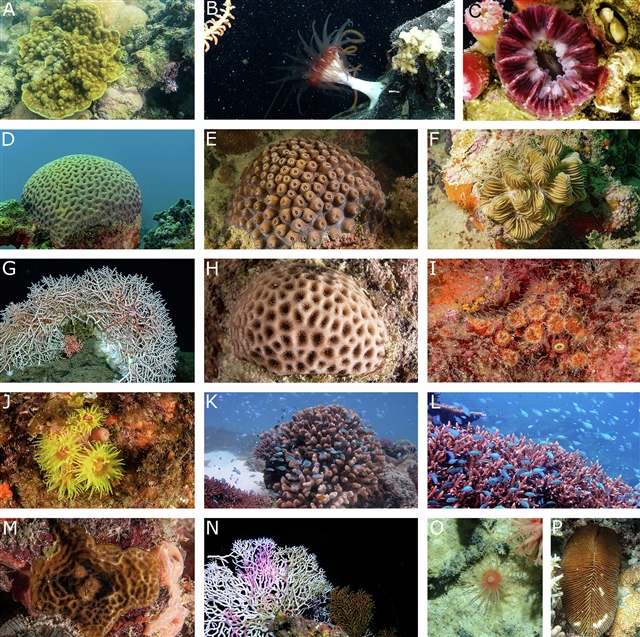
美国无脊椎动物学系Marcelo Visentini Kitahara团队的最新研究提出了全球珊瑚的系统发育揭示了长期以来的复原力和脆弱性。2025年10月22日,国际知名学术期刊《自然》发表了这一成果。
在这里,研究组描述了一个时间校准的分子系统发育分析,其中包括数百个新测序的珊瑚分类群,并揭示了硬核珊瑚的深时间进化。该研究组将斯克拉克蒂亚最近的共同祖先的出现时间定为大约460年。并推断它可能是一种独居的、异养的、自由生活的生物——或者是一种可以通过横向分裂繁殖的生物——在浅水和深水中都很繁荣。他们的分析表明,与光合鞭毛藻的共生关系在300并刺激了珊瑚的多样化。
然而,只有少数光共生谱系在中生代的严重环境破坏中幸存下来。相比之下,具有灵活深度和基质偏好的独居异养珊瑚似乎在深海中茁壮成长,尽管存在这些环境干扰事件。尽管持续的环境变化预计会严重影响浅层珊瑚礁,但他们的发现——石珊瑚在整个地质历史中表现出了弹性——为某些物种在面对气候和其他环境变化时的持久性带来了希望。
据介绍,全球气候变化及其对珊瑚和微藻共生的影响正在影响着世界各地的珊瑚礁——生态系统支持着超过四分之一的海洋物种,并为近十亿人口提供生计。了解石珊瑚——浅礁和深礁生态系统的主要建筑师——如何应对过去的环境挑战,是预测它们未来的关键。
附:英文原文
Title: A global coral phylogeny reveals resilience and vulnerability through deep time
Author: Vaga, Claudia Francesca, Quattrini, Andrea M., Galvo de Lossio e Seiblitz, Isabela, Huang, Danwei, Quek, Zheng Bin Randolph, Stolarski, Jarosaw, Cairns, Stephen Douglas, Kitahara, Marcelo Visentini
Issue&Volume: 2025-10-22
Abstract: Global climate change and its consequences for the symbiosis between corals and microalgae are impacting coral reefs worldwide—ecosystems that support more than one-quarter of marine species and sustain nearly onebillion people1,2,3. Understanding how stony corals, the primary architects of both shallow and deep reef ecosystems, responded to past environmental challenges is key to predicting their future4. Here we describe a time-calibrated molecular phylogenetic analysis that includes hundreds of newly sequenced coral taxa, and sheds light on the deep-time evolution of scleractinian corals. We date the emergence of the most recent common ancestor of Scleractinia to about 460million years ago and infer that it was probably a solitary, heterotrophic and free-living organism—or one that could reproduce through transverse division—thriving in both shallow and deep waters. Our analyses suggest that symbiosis with photosynthetic dinoflagellates was established around 300million years ago and spurred coral diversification. However, only a few photosymbiotic lineages survived major environmental disruptions in the Mesozoic era. By contrast, solitary, heterotrophic corals with flexible depth and substrate preferences appear to have thrived in the deep sea despite these environmental disturbance events. Even though ongoing environmental changes are expected to severely affect shallow reefs5, our finding that stony corals have shown resilience throughout geological history offers hope for the persistence of some lineages in the face of climate and other environmental changes.
DOI: 10.1038/s41586-025-09615-6
Source: https://www.nature.com/articles/s41586-025-09615-6
Nature:《自然》,创刊于1869年。隶属于施普林格·自然出版集团,最新IF:69.504
官方网址:http://www.nature.com/
投稿链接:http://www.nature.com/authors/submit_manuscript.html
